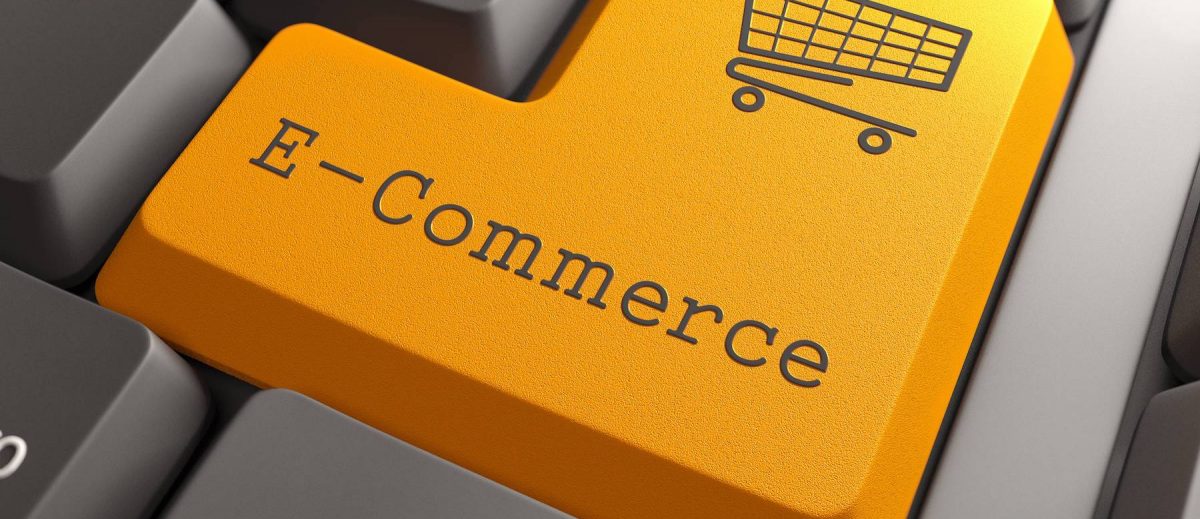
E-commerce is a very common term in today’s business world. It is the activity of electronically buying or selling of products through online services or over the Internet. E-commerce business takes place when buyers and sellers conduct their business transactions with the help of internet. In current scenario, it is the most considered and preferred way of purchasing all sorts of products and services, by consumers, all across the globe. E-commerce typically uses the web for atleast a part of a transaction’s life cycle, although it may also use other technologies, like email. E-commerce draws on technologies such as mobile commerce, electronic funds transfer, supply chain management, internet marketing, online transaction processing, electronic data interchange, inventory management systems and others. A typical example of e-commerce transaction is purchase of books from Amazon. With the Covid-19 pandemic enforcing rules of lockdown and social distancing all over the world, the dependence on e-commerce has increased manifold.
TYPES OF E-COMMERCE :
There are several types of e-commerce models based on market segmentation. The six types of business models that can be used in e-commerce include –
Business-to-Consumer ( B2C), Consumer-to-Business (C2B), Business-to-Business ( B2B), Consumer-to-Consumer ( C2C), Business-to-Administration ( B2A) and Consumer-to- Administration (C2A).
E-COMMERCE IN OUR DAILY LIVES :
E-commerce has become a part of our daily lives. We order clothes, electronics and food online. We use credit/debit cards almost everyday. E-commerce or online shopping was already an integral part of our daily life, while Covid-19 has now made it mandatory. Now, it is hard to imagine our life without it. Covid-19 pandemic outbreak has affected all segments of population right from the rich to the poor. Covid-19 impact on the online sector is more in terms of volumes along with the concerns and anxiety regarding the spread of virus. The emergence and prevalence of Covid-19 has significantly transformed consumer buying behaviour from the luxary to the basic needs and from leisure to survival staff. This sudden shift in online buying behaviour is tilted more towards essential products which are needed most during lockdown, restrictions and period of uncertainty.
ADVANTAGES OF E-COMMERCE :
The online market place is a good platform for buying and selling of goods. Some of the advantages of e-commerce include –
• Faster Buying Process – Customers can spend less time, shopping for what they want as they do not need to physically move from one place to another. They cain easily browse through many items at a time and buy what they like.
• Cost Reduction – In case of physical stores, many sellers have to pay lots of more money in the forms of rent,store design, inventory, etc. One of biggest advantages of online selling is cost reduction. Lower price attract the buyers.
• Affordable Advertising and Marketing – Sellers don’t have to spend a lot of money to promote their items. The world of e-commerce has several affordable, quick and effective ways to market online. This also keeps the product price low.
• Flexibility For Customers – An important advantage of e-commerce is that sellers can provide flexibility to customers. Product and services are available 24×7. The result is that, seller can offer his items any place, any time.
Faster Response To Buyer/ Market Demand – Every interaction is faster when one begins selling online. E-commerce market places offer a streamlined delivery system which means that the buyer’s orders get delivered efficiently. Product returns management can also be handled quickly.
https://kolahalstudio.com/single-blog.php?blog=Music-can-heal-the-wounds-which-medicine-cannot-touch
https://kfmindia.in/blogs/create-an-inspiring-workplace-a-place-that-motivates-employees/
TRANSACTIONS, TRANSACTIONS